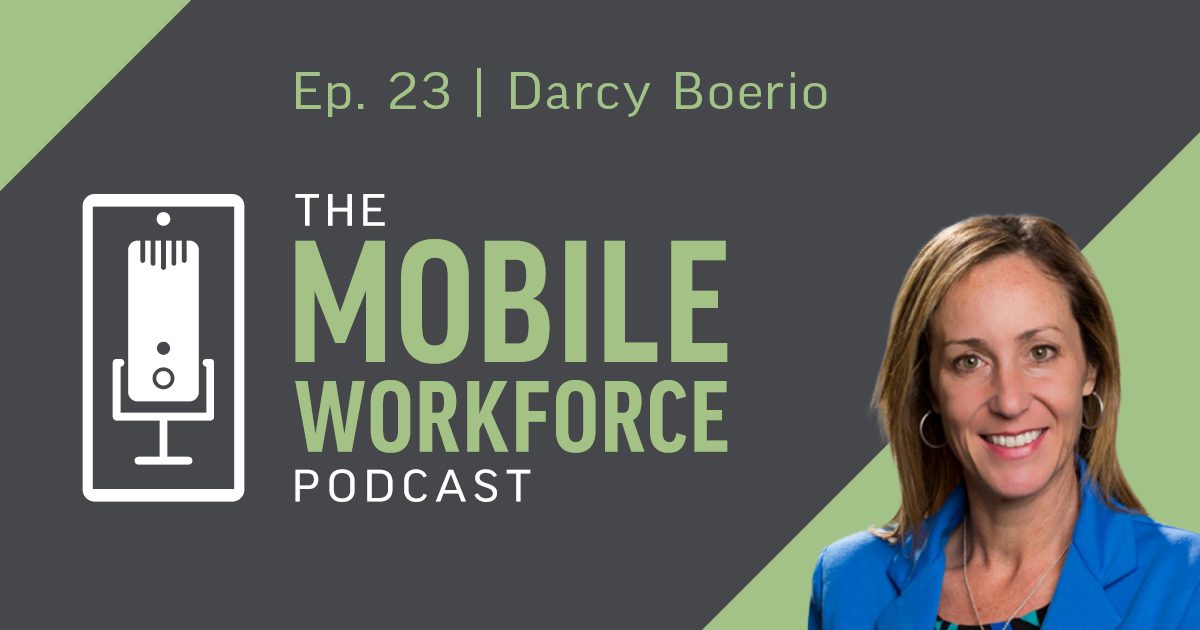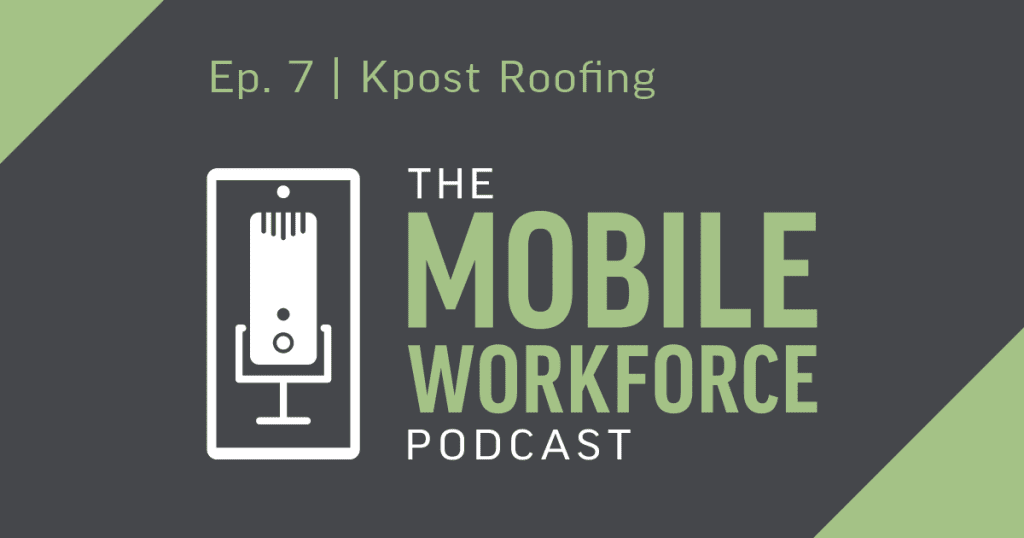Cloud for ERP: Simplifying Job Site Technology
The construction world is too competitive and fast-paced to rely on analog systems, especially when it comes to accounting and payroll. This is why the future of construction technology lies in cloud-based software. Enterprise Resource Planning (ERP) software, in particular, is on the rise thanks to its ability to connect people from job sites to the main office on any smart device or computer, giving them the opportunity to share information in real-time. This leads to benefits such as expedited labor reporting, connected and reliable information across the entire organization and up-to-date rules and regulations. So how does ERP work? Is it easy to implement? And how quickly can a business see benefits?
Darcy Boerio, President of DAB Partners, joins Mike Merrill on this week’s episode of the Mobile Workforce Podcast to explain what to know about ERP software and how to make the most of it. She breaks down the differences between cloud-based software and cloud-capable software, and shares why cloud-based software will push legacy systems to the side for good.
Key Takeaways:
- An ERP is a central hub that connects key areas of a construction business: Contractors work with various systems and run into problems when these systems can’t connect. However, when they implement an ERP, data from job sites, such as labor tracking, can flow seamlessly to departments like finance and accounting. This results in everyone working from a single system of record.
- Giving employees cloud-based software increases mobility and productivity: Mobility gives workers and employees the freedom to access and update their systems from any device, no matter where they are, at anytime they choose. This eliminates risks of delays and guesstimates that throw off data.
- Cloud-based software ensures your policies and systems are evergreen: One reason manual and analog tracking is so detrimental is that it slows productivity, increases errors and decreases user confidence. Cloud-based software ensures up-to-date with any changes and updates that the developer makes. Additionally, an evergreen platform ensures that payroll, accounting, and safety policies are in compliance.



